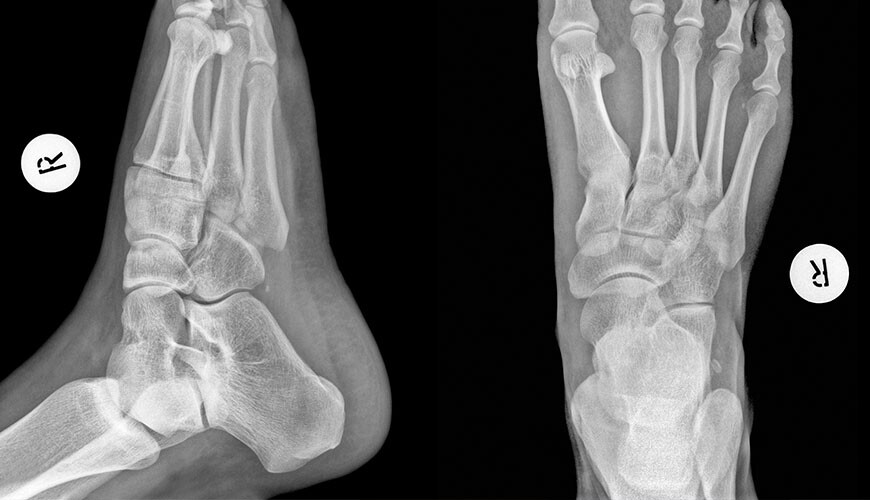Imaging and treatment of joints with small high definition cameras and lighting systems without the need for large incisions is known as arthroscopic surgery. Since arthroscopic operations require miniscule incisions of about 0.5cm only, they are categorized as minimally invasive interventions. With arthroscopy, patients recover and return to their normal routine more quickly after a considerably less painful procedure. As a surgical intervention, arthroscopy also provides comfort and safety during the operation. There are two basic reasons that puts arthroscopy under the spotlight when compared to open surgery. The first is the use of high definition imaging, screening, and lighting systems while the second is the small size of incisions required. The size of the incisions is particularly essential as this affects recovery process directly while it also decreases the risk of complications, causes less pain, and provides swift scar heal.
The three most common arthroscopy methods are knee arthroscopy, shoulder arthroscopy, and ankle arthroscopy, respectively. Ankle arthroscopy can be applied in healing cartilage lesions, soft tissue and bone impingement pain, removal of loose bodies within the joint, ankle arthritis, ankle impingement, lateral ligament injuries, synovitis and rheumatic diseases.
Ankle Arthroscopy: Surgical Procedure
The complex anatomical structure of the ankle makes ankle arthroscopy more challenging for surgeons compared to other arthroscopy types. The experience of the surgeon plays an important role in the success of the operation. Ankle arthroscopy can be carried out under general or local anesthesia. The operations starts with the insertion of the camera and treatment instruments into the joint through 0.5cm pinholes on two sides of the ankle. The surgeon directs the camera with one hand and carries out the restorative process with the other. The high definition imaging on the screen connected to the camera becomes the surgeon’s eye and the deformation in the joint is operated with the treatment instruments inserted into the ankle.
Advantages of Ankle Arthroscopy
- Shorter healing period.
- Less painful post-operative process.
- Detailed imaging of the deformed area during the operation.
- Comfortable and safe operation procedure.
- Low risk of infection.
- Low risk of post-operative complications.
- Hardly noticeable scars.
Ankle Arthroscopy: Post-operative Process
Patients are usually discharged on the same or following day with elastic bandage wrapped around the ankle. Dressing around the ankle remains for 2 weeks. Complaints related to pain can be addressed with ordinary painkillers. It is helpful to suspend the leg during the first two days against swelling. A professional sports person may require 3 weeks or 6 months to return to his/her sporting life depending on the injury and purpose of arthroscopy. Follow-up exercises suggested by physicians affect healing period to a great extent.
Click here for information on knee arthroscopy.
Click here for information on shoulder arthroscopy.
 EN
EN TR
TR AR
AR RU
RU